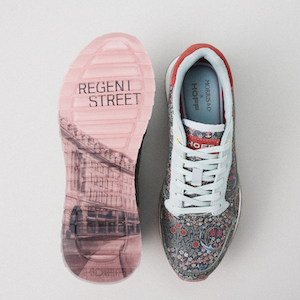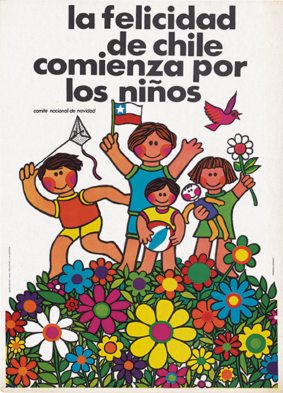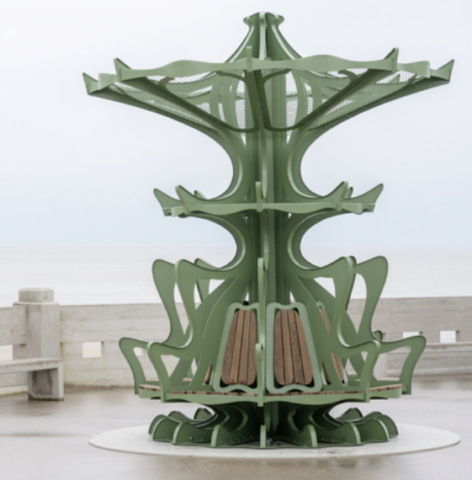Transform: Art Borders
By Jo Phillips
Le Dame Art Gallery located in North West London is hosting Franco Nonnis’ striking exhibition EXODUS. Beginning on 9 June and running up until the 6 July, the installation is a provocative investigation done by Nonnis into human beings.
At the heart and the beginning of curating the exhibition, Nonnis questions people’s choices; are they driven by curiosity, interests, or necessity? EXODUS, meaning the departure of people from an area, embodies the journey of migrants through time and space, telling their stories, hopes and lives through mannequins. Since 2015, Franco Nonnis has been working on a project called FUGA (ESCAPE), focusing on the stories behind refugees fleeing from war and starvation. Witnessing the landing of migrants on the Italian coast from Africa and other Mediterranean countries, he has attempted to capture and ‘denounce the inadequacy of the Italian political class’. Nonnis’ home country Italy was becoming one of the lands to escape from with many young Italians leaving in the attempt to build themselves better futures.
To bring life to his installation, Franco Nonnis used his own personal connections and origins. Sourcing people from his life who faced similar troubles and had the strength to pass on their memories has allowed him to create engaging and thoughtful pieces of art. With support from the town of Desulo (Italy) the EXODUS exhibition is a story of a journey for a better future.
While this art installation is focused on the migrant situation in Italy, Cristina Cellini Antonini and Chiara Cana, the Le Dame Art Gallery directors, highlight the relevance the exhibition has on more local affairs concerning issues of immigration within the EU and “can be seen as a contribution to the debate on Brexit”.
Others making a statement on the highly debated migrant situation include anonymous street artist Banksy. The painting was made up of a group of disgruntled pigeons with placards opposite a lone migratory swallow. The placards read ‘migrants not welcome’; ‘go back to Africa’; and ‘keep off our worms’; an amusing outlook on the seriousness of the regularly speculated subject. With work often comically mocking political affairs and enjoyed by the masses despite how ‘tongue-in-check’ it may be, it comes as quite a shock that this Banksy piece was removed by the council following a complaint that it was too ‘offensive and racist’. But does this say something important about those removing this sort of outspoken work?
The issue isn’t a new topic in the eyes of creatives, who attempt to spread greater recognition and understanding of the situation in a less complicated way. Music artist MIA released ‘Paper Planes’ in 2007, and describes the tune to be trying to “satirise widespread negative stereotypes about immigrants”. The lyrics display a number of prejudices towards foreigners whom are supposedly menacing Western society and, for example, only cause trouble and violence and take money from the government. More recently ‘Borders’ by MIA addresses and highlights the refugee crisis to encourage integration and multiculturalism, especially within the UK. The music video is a striking visual representation of the refugees journey and struggles, you can watch it here.
A recent event to bring recognition to the migrant situation took place during the Montclair film festival in the United States. The ‘Immigration Art Installation’ invited students to take part in the initiative, and join them in street art workshops over a few weeks, with the project’s aim to display a visual metaphor of the divide in society over immigration.
CREDITS
Exodus Images by Alessandro Spiga
Banksy Images by Universal News & Sport via The Guardian








